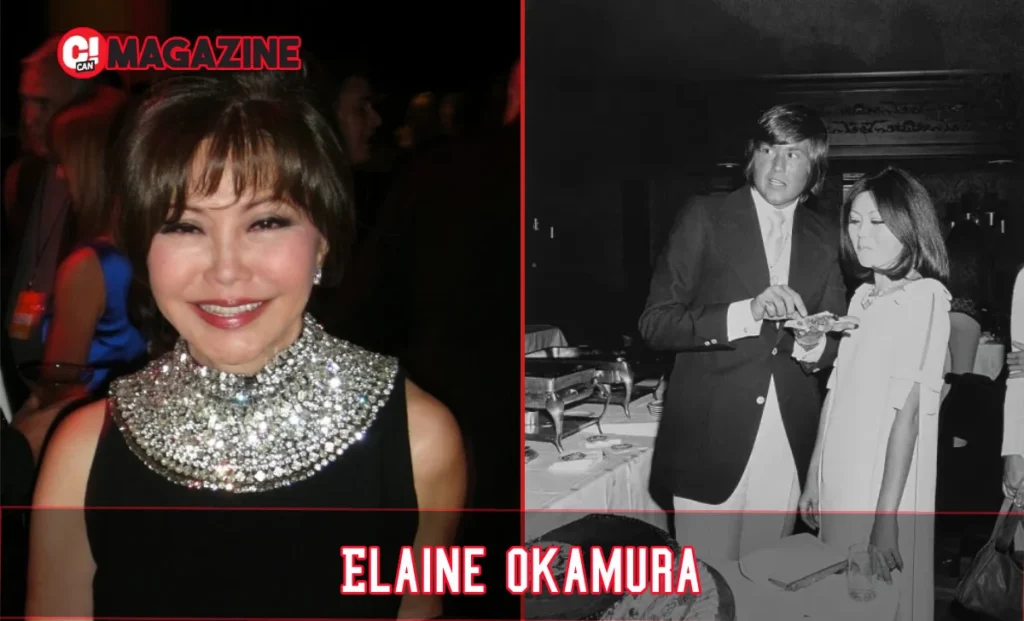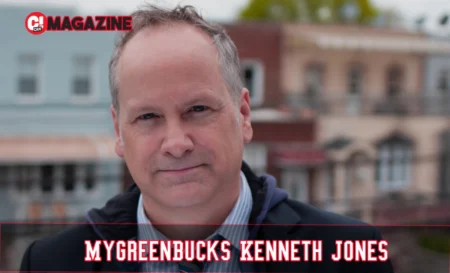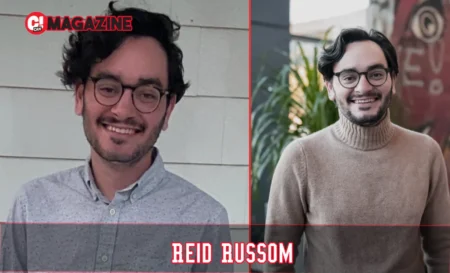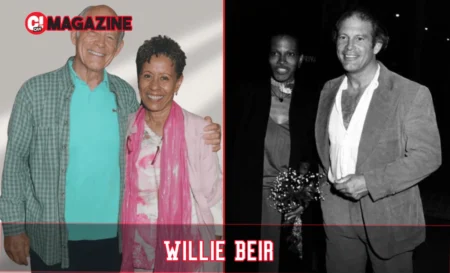Elaine Okamura, born Elaine Mariko Okamura in 1943 in Honolulu, Hawaii, is a retired Pan Am flight attendant best known as the first wife of entertainer Wayne Newton. The couple married in 1968 after meeting on a flight, adopted a daughter, Erin, in 1976, and divorced in 1985. Now 82, she lives privately in Hawaii, focusing on family and personal reflection amid her Japanese-American heritage.
Imagine boarding a flight in the 1960s, the hum of jet engines promising adventure across the Pacific. That’s where Elaine Okamura’s path crossed with fame—not as a passenger, but as the poised stewardess ensuring smooth travels. You might know her name from whispers in Las Vegas lore, tied to one of entertainment’s enduring figures. Yet Elaine’s story stretches far beyond that spotlight, rooted in Hawaii’s resilient communities and shaped by quiet choices in a noisy world.
This piece uncovers her full journey: from a childhood in post-war Honolulu to the glamour of international skies, a high-profile marriage, and a deliberate retreat into privacy. You’ll discover how she navigated cultural shifts, family bonds, and the pull of celebrity—insights that reveal not just what happened, but why her approach to life still resonates today. Whether you’re curious about hidden celebrity histories or stories of graceful reinvention, here’s the depth competitors often skim.
Roots in Post-War Hawaii
You step into Elaine Okamura’s early years amid the echoes of World War II, where Honolulu buzzed with recovery and multicultural grit. Born Elaine Mariko Okamura in 1943 as the sixth of seven children, she grew up in a Japanese-American household that blended island traditions with immigrant drive. Her father had sailed from Japan to Hawaii seeking his own father, eventually opening the neighborhood’s sole grocery store. Picture him tallying sales on an abacus, a tool that symbolized precision in uncertain times. Her mother, born on Kauai, faced her own disruptions—sent to Japan at age five to tend a grandmother, she returned carrying stories of two worlds.
This setup forged Elaine’s adaptability. With a sister like Shirley Kajioka as her closest companion, she navigated a childhood marked by scarcity and subtle discrimination. Hawaii’s diverse fabric—Native Hawaiian, Japanese, Portuguese influences—taught her to listen across languages. She picked up Japanese early, a skill that later opened doors. Attending Kaimuki High School, Elaine stayed reserved, focusing on studies over the spotlight. But here’s the catch: those quiet years built a foundation of independence, the kind that would serve her when fame knocked unexpectedly.
What stands out is how her family’s story mirrors broader Japanese-American experiences. Internment fears lingered, yet they thrived through small businesses and tight-knit support. Elaine’s upbringing wasn’t about grand gestures; it was practical resilience. You see echoes in her later choices—prioritizing family over flash, a trait that defined her amid Hollywood’s glare.
Soaring High as a Pan Am Stewardess
Fast-forward to the jet age, and Elaine trades classroom desks for cockpit doors. In her early 20s, she joined Pan American World Airways, or Pan Am, as a stewardess—a role that demanded poise amid turbulence, literal and figurative. The 1960s airline boom turned flights into social events, with passengers sipping cocktails en route to Tokyo or Saigon. Elaine’s Japanese fluency made her invaluable on Pacific Rim routes, where she bridged cultural gaps for travelers and crew alike.
Think of her days: dawn patrols over the ocean, assisting executives or tourists with a calm efficiency born from Hawaii’s hospitality. Pan Am’s glamour wasn’t myth—uniforms crisp, layovers in exotic ports—but it came with long hours and emotional labor. She handled everything from airsick children to diplomatic whispers, gaining a worldview that few her age matched. This career wasn’t just a job; it was Elaine’s ticket to self-reliance, funding her dreams while sharpening her people skills.
You wonder how this shaped her? Immensely. Exposure to global paces contrasted her island roots, fostering a quiet confidence. Unlike many women funneled into domestic roles then, Elaine chose the skies, embodying the era’s subtle shifts toward opportunity. Her time at Pan Am didn’t just pay bills—it prepared her for the whirlwind of public life, teaching her to stay steady when winds shifted.
A Chance Encounter with Stardom
One layover in Vietnam changed everything. It was the late 1960s, tensions high from the war, when Elaine’s flight grounded briefly. Enter Wayne Newton, the rising crooner entertaining troops alongside Jack Benny. Fresh from shows that lifted spirits in foxholes, he boarded her plane heading stateside. Their eyes met over a serving tray—his charm disarming, her warmth inviting. What started as polite chat bloomed into letters and visits over two and a half years.
By June 1, 1968, they wed at Las Vegas’s Little Church of the West, a simple ceremony followed by a Flamingo Hotel reception. She was 25; he, 26. You can almost hear the slot machines humming outside as they vowed forever. This union thrust Elaine into “Mr. Las Vegas” orbit—Wayne’s hits like “Danke Schoen” packed houses, his energy electric. Yet she grounded him, offering a counterpoint to the stage lights.
Their courtship highlights a rarer side of celebrity tales: genuine connection amid chaos. Wayne, from a modest Virginia background, found in Elaine a partner who saw beyond the sequins. For you, tracing this moment shows how serendipity intersects with preparation—her worldly poise matching his ambition, setting the stage for 17 shared years.
Building a Life in Las Vegas
Relocating to a ranch near Pecos Road and Sunset Boulevard, Elaine and Wayne carved out normalcy in neon’s shadow. Las Vegas in the 1970s pulsed with growth—the Strip evolving from mob haunts to family draws, Caesars Palace rising like a Roman fever dream. She adapted, hosting at their sprawling home stocked with Arabian horses Wayne adored. But life wasn’t all red carpets; it included quiet routines, like planning family barbecues away from paparazzi.
In 1976, they adopted Erin, a daughter who brought new rhythms. Erin arrived as a beacon amid Wayne’s grueling schedules—nights of 300 shows a year left little room for spontaneity. Elaine stepped up, blending motherhood with subtle support for his career. They rubbed shoulders with power: invitations to Richard Nixon’s, Gerald Ford’s, and Ronald Reagan’s inaugurations placed her in Washington halls, a far cry from Honolulu grocers.
Here’s where her benefit shines for you—navigating fame’s double edge. Elaine managed the unseen work: shielding Erin from headlines, maintaining ties to Hawaii kin. Las Vegas offered glitz, but she infused it with aloha spirit, reminding Wayne of his roots. This phase wasn’t flawless; strains from his travel and public scrutiny built slowly. Yet it modeled balance—how to thrive in excess without losing yourself.
Facing the End of an Era
By 1985, after 17 years, the marriage unraveled. Details stay private—no tabloid spectacles, just a quiet filing that shocked few insiders. Speculation swirled around career pressures and growing apart, but Elaine cited personal growth as her north star. The divorce settled amicably, with Erin at its heart; custody shared, assets divided without bitterness. Wayne later reflected on it as a painful but necessary pivot.
For Elaine, this marked a reinvention. At 42, she retreated from Vegas lights, prioritizing Erin’s stability over spotlights. You feel the weight here: celebrity splits often devolve into spectacle, but hers emphasized dignity. She spoke later—in rare oral histories—of discrimination’s toll, from wartime shadows to modern anti-Asian hate, framing her exit as self-preservation.
This chapter offers you a blueprint for tough transitions. Divorce didn’t define her; it freed her to reclaim agency. While Wayne rebounded with Kathleen McCrone in 1994 and daughter Lauren, Elaine chose invisibility—a radical act in fame’s fishbowl. Her approach? Focus on what nourishes: family calls, Hawaiian visits, personal pursuits undefined by headlines.
Embracing Privacy and Legacy
Today, at 82, Elaine resides quietly in Honolulu, echoes of her birthplace calling her home. Details are scarce by design—she avoids social media, and rare interviews are her only traces. Yet glimpses emerge: a 2020s oral history at UNLV Special Collections, where she recounts abacus lessons and inauguration gowns with wry humor. Anti-AAPI violence, she notes, persists, urging awareness over applause.
Her daughter Erin, now in her late 40s, carries forward vibrancy. A geologist by trade, Erin doubles as a harpist and advocate, channeling creativity into environmental causes and music therapy. Mother-daughter bonds endure, with Erin crediting Elaine’s steadiness for her own path. This quiet triumph contrasts celebrity churn—Erin’s life is a testament to Elaine’s emphasis on substance over show.
What lingers in Elaine Okamura’s legacy? Not just a chapter in Wayne Newton’s saga, but a model of understated strength. Her Japanese-American journey—from grocery aisles to global flights, Vegas ranches to private shores—highlights cultural weaving in America’s tapestry. For you seeking inspiration amid public pressures, consider this: true impact often hides in deliberate choices. Elaine didn’t chase relevance; she claimed it on her terms, proving privacy can be the boldest statement.
In weaving her story with Las Vegas’ evolution, Pan Am’s golden age, and AAPI resilience, you grasp a fuller ecosystem. Wayne’s $50 million empire endures, but Elaine’s net worth—estimated modestly at $500,000 from settlements and savings—pales beside her intangible wealth: a life unapologetically her own. As Hawaii’s waves roll on, so does her influence—subtle, steady, profoundly human.
For more captivating stories about sports legends and their remarkable journeys, explore CanMagazine—where athletic history comes alive and inspiring careers unfold.







